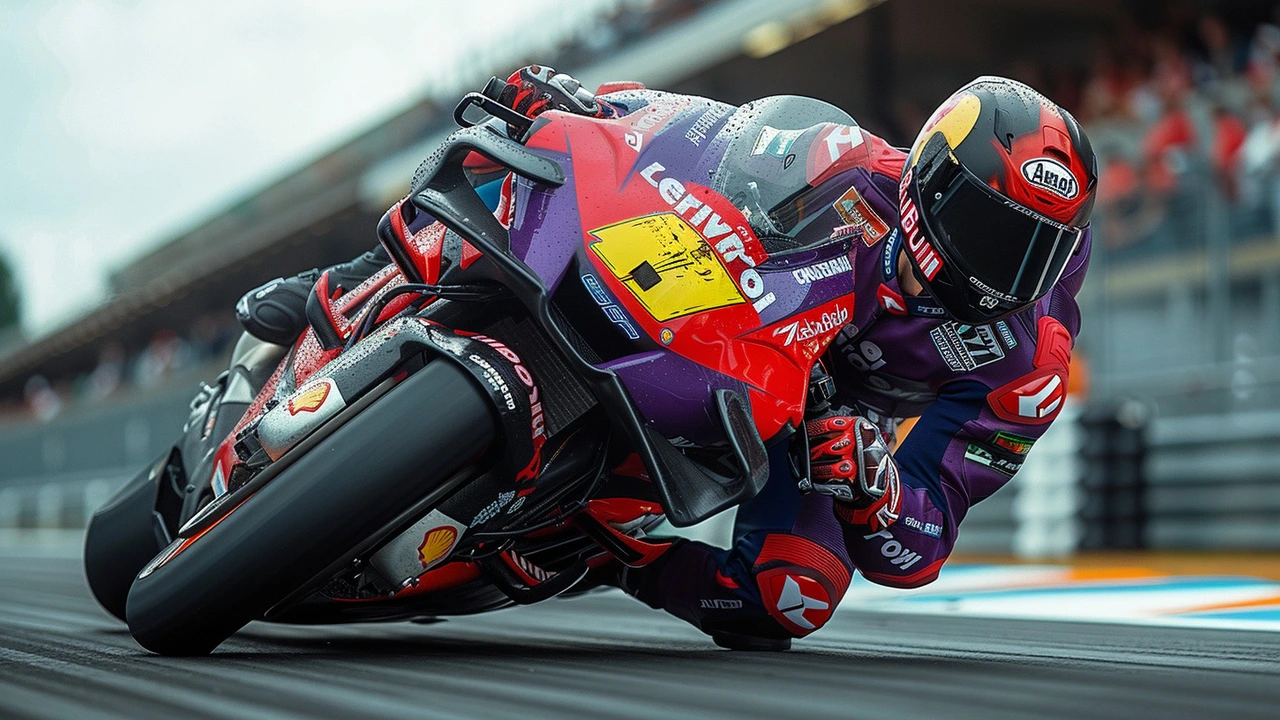Lap record: what it means and why you should care
A lap record is the fastest single lap time recorded on a specific circuit or track. Simple, right? But there’s more behind that number than you might think. Whether you follow motorsport, cycling, or track athletics, a lap record tells you about speed, skill, and the conditions on the day. It’s a quick way to compare performance, but you need context to read it properly.
Think of a lap record as a snapshot. It shows the peak performance under a set of rules, on a certain surface, with specific tyres and weather. Change any of these and the time might not mean the same thing anymore.
How lap records get set
Several factors combine to make a record lap possible. First, the machine and athlete: a faster car, bike, or runner gives you a big advantage. Second, setup matters — in motorsport that’s suspension, aero, and tyre choice; in athletics it’s spikes and pacing. Third, the track surface and weather. A dry, cool day often produces quicker laps than a hot or wet one. Last, timing and fuel: in racing, a light fuel load and fresh tyres for a single quick lap help a driver or rider push harder.
Records often come during qualifying or special record runs when the goal is one perfect lap, not a long race stint. That’s why qualifying times can be faster than race laps even on the same day.
How to find and compare lap records
Want to check an official lap record? Start with the event or series website — FIA, FIM, MotoGP, or national track federations list official times. Circuit websites usually keep current track records too. For athletics, national and world athletics federations publish split times and records.
When you compare times, look at the rules and the era. Cars and bikes evolve, track layouts change, and tyre rules shift. That means a “record” from ten years ago might not be directly comparable to today’s times. A smart trick: convert a lap time into average speed (distance ÷ time). That gives a clearer picture across different track lengths.
If you follow live events, use official timing apps or TV graphics — they show live sector times and who’s likely to beat the record. Social channels and team press releases often explain the setup or special conditions behind a record run, which helps you judge how impressive a time really is.
Curious about whether a new lap record is genuinely faster or just a product of better tyres or rule tweaks? Check the session type (qualifying vs race), tyre compounds, and official notes. These details explain a lot.
Lap records are exciting because they mark a peak moment. But they’re only one part of the story. For real insight, look at consistency over several laps, race pace, and how the time was achieved. That’s how you turn a raw number into useful understanding.

Jorge Martin Breaks Lap Record at Le Mans MotoGP 2023
Jorge Martin sets a new all-time lap record at the MotoGP event in Le Mans, France, showcasing unmatched speed and precision. Fellow riders from around the globe competed fiercely, with times being incredibly close among the top contenders.